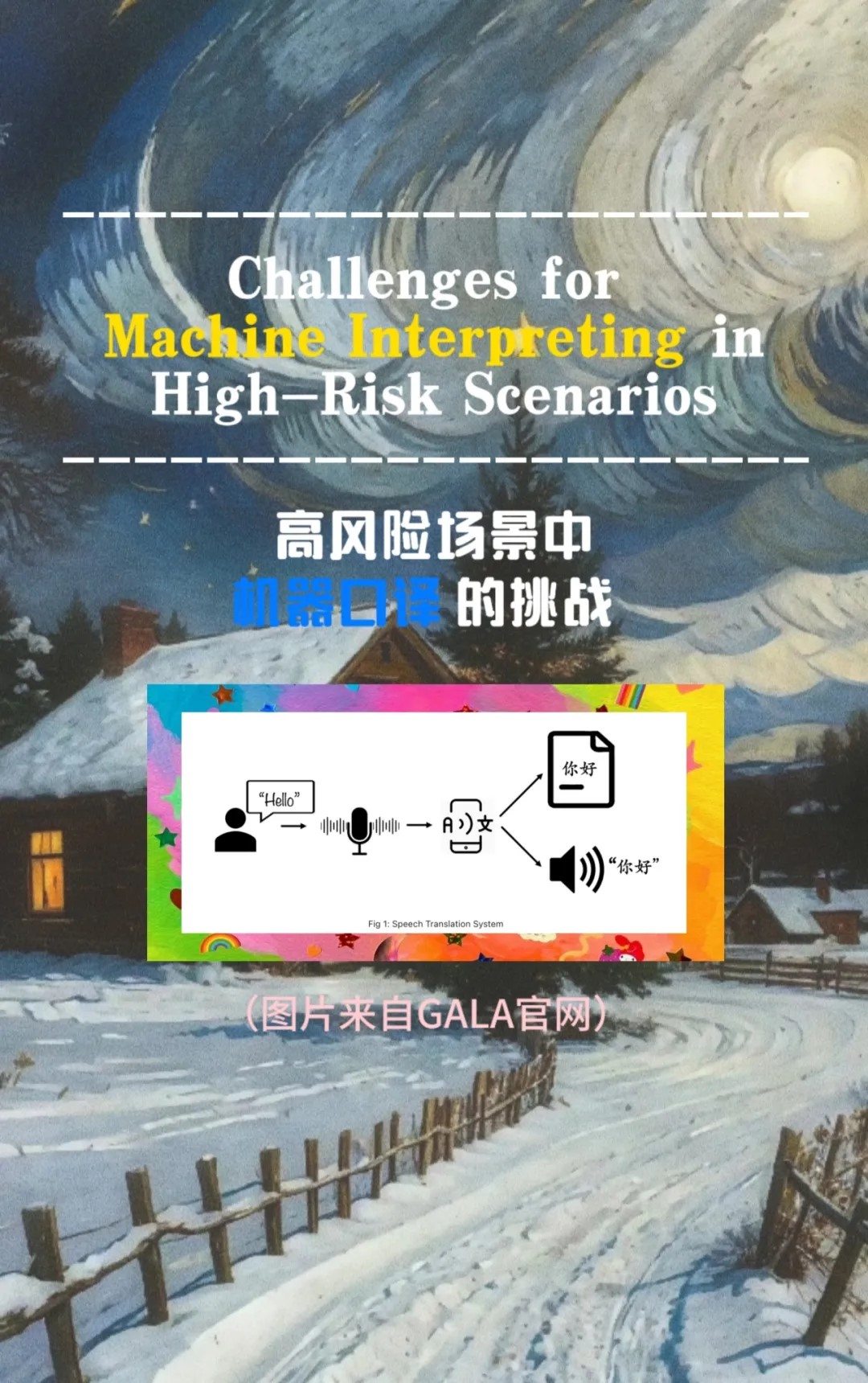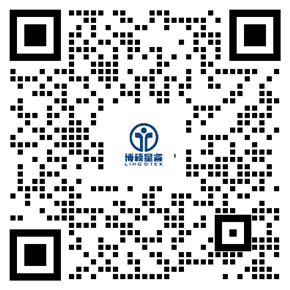Discussions on the impact of translation and interpreting technologies in the field of multilingual communication are more important today than ever. Technology is improving rapidly and will continue to do so in the years to come. Consequently, its use in a multitude of contexts is bound to increase. While in most cases the use of speech technologies will become a simple and worries free commodity, there are areas, such in highly regulated markets, where their use might be classified as high-risky.
如今,关于笔译和口译技术在多语言交流中影响的讨论比以往任何时候都更加重要。技术正在迅速提升,并将在未来持续发展。因此,技术必然会在多种环境中的使用必然会增加,得到更广泛的应用。在大多数情况下,语音技术的使用会变得简单无忧,但在某些特定领域,比如高度受监管的市场,它们这些技术的使用可能会面临较高的风险。
In the context of live speech translation, high-risk scenariosrefer to situations where the accuracy and reliability of communication are critical, and any misinterpretation or misunderstanding could have significant and potentially severe consequences. These scenarios typically involve areas such as:
在实时语音翻译的过程中,高风险场景指的是对沟通的精准性和可靠性要求极高的场合,任何误译或误解都可能带来重大甚至严重的后果。这些场景通常涉及以下领域:
Judicial Settings: Courtrooms, legal proceedings, and law enforcement interactions where misunderstandings can affect the outcome of trials, the rights of individuals, and the administration of justice.
司法环境:法庭、法律程序和执法互动,在这些场合中,误解会影响审判结果、个人权利和司法公正。
Medical Environments: Hospitals, clinics, and other healthcare settings where accurate communication is essential for diagnosing conditions, administering treatment, and ensuring patient safety.
医疗环境:医院、诊所和其他医疗场所,在这些地方,准确的沟通对于诊断病情、实施治疗和确保患者安全至关重要。
Emergency Services: Situations involving emergency responders, disaster relief, and crisis management where clear and precise communication can be a matter of life and death.
应急服务:涉及应急响应人员、救灾害救援和危机管理的情况,在这些场景中,清晰准确的沟通可能关乎生死。
Diplomatic Affairs: International negotiations, treaties, and diplomatic communications where misinterpretations can lead to diplomatic conflicts or failures in negotiations.
外交事务:国际谈判、条约和外交沟通,在这些领域中,误译可能导致外交冲突或谈判失败。
In these scenarios, the stakes are high because errors in translation can lead to legal injustices, medical errors, loss of life, diplomatic tensions, or other serious outcomes. It must be noted that stakes are equally high when there is no translation available.
在这些高风险场景中,误译可能导致法律不公、医疗事故、人员伤亡、外交紧张局势或其他严重后果。必须指出的是,即使没有使用翻译,风险同样高。
The above considerations apply to any kind of translation agent, whether a human or a computer. While there are some – albeit very general – provisions regarding human interpreters, the novelty of speech technologies has not allowed stakeholders enough time to reflect and define the appropriate use of such technology. A round of discussions, research, and applications is necessary. What do decision-makers need to know and what steps must be taken to ensure that speech technologies, such as machine interpreting, are used effectively and responsibly?
上述考虑因素适用于任何类型的翻译代理,无论是人工翻译还是计算机翻译。虽然有一些(尽管非常笼统)关于人工口译员的规定,但语音技术的新颖性并没有让利益相关者有足够的时间去反思、定义此类技术是否恰当使用。一轮讨论、研究和应用是必要的。决策者需要了解哪些信息,采取哪些措施以确保语音技术(如机器翻译)使用有效、对用户负责呢?
Here are some key points that stakeholders will need to keep in mind when starting to discuss this topic, followed by three simple principles that may guide the work ahead of us in the years to come.
以下是利益相关者在开始讨论这个话题时需要记住的一些要点,以及未来几年可能指导我们工作的三个简单原则。
Technological Evolution: The shift from rule-based to neural machine translation has significantly improved the accuracy and capacity of machine translation systems. Similarly, speech recognition technologies have evolved to better transcribe speech into text, in an increasing variety of languages and dialects.
技术演进:从基于规则的机器翻译向神经机器翻译的转变显著提高了机器翻译系统的准确性和能力。
Practical Applications: Speech translation systems are used by the general public to overcome language barriers while traveling, listening to podcasts, etc. In sensitive and professional settings, speech translation systems are increasingly used due to a shortage of human translators and interpreters, especially for, but not limited to, less common languages, or to reduce the costs and increase availability of translation services. These technologies are also utilized in hospitals and police stations, to name just a few, to fill these gaps and to provide basic language support.
实际应用:人们在旅行、收听播客等过程中使用语音翻译系统来克服语言障碍。在敏感和专业的环境中,由于口笔译人员的短缺,语音翻译系统的使用越来越多,尤其是针对不太常见的语言,但不限于此,或者为了降低成本,提高翻译服务的可用性。这些技术也被应用于医院和警察局等场所,以填补语言服务空白,提供基本的语言支持。
https://www.gala-global.org/knowledge-center/professional-development/articles/challenges-machine-interpreting-high-risk)
特别说明:本文内容选自GALA官网,仅供学习交流使用,如有侵权请后台联系小编删除。
– END –










